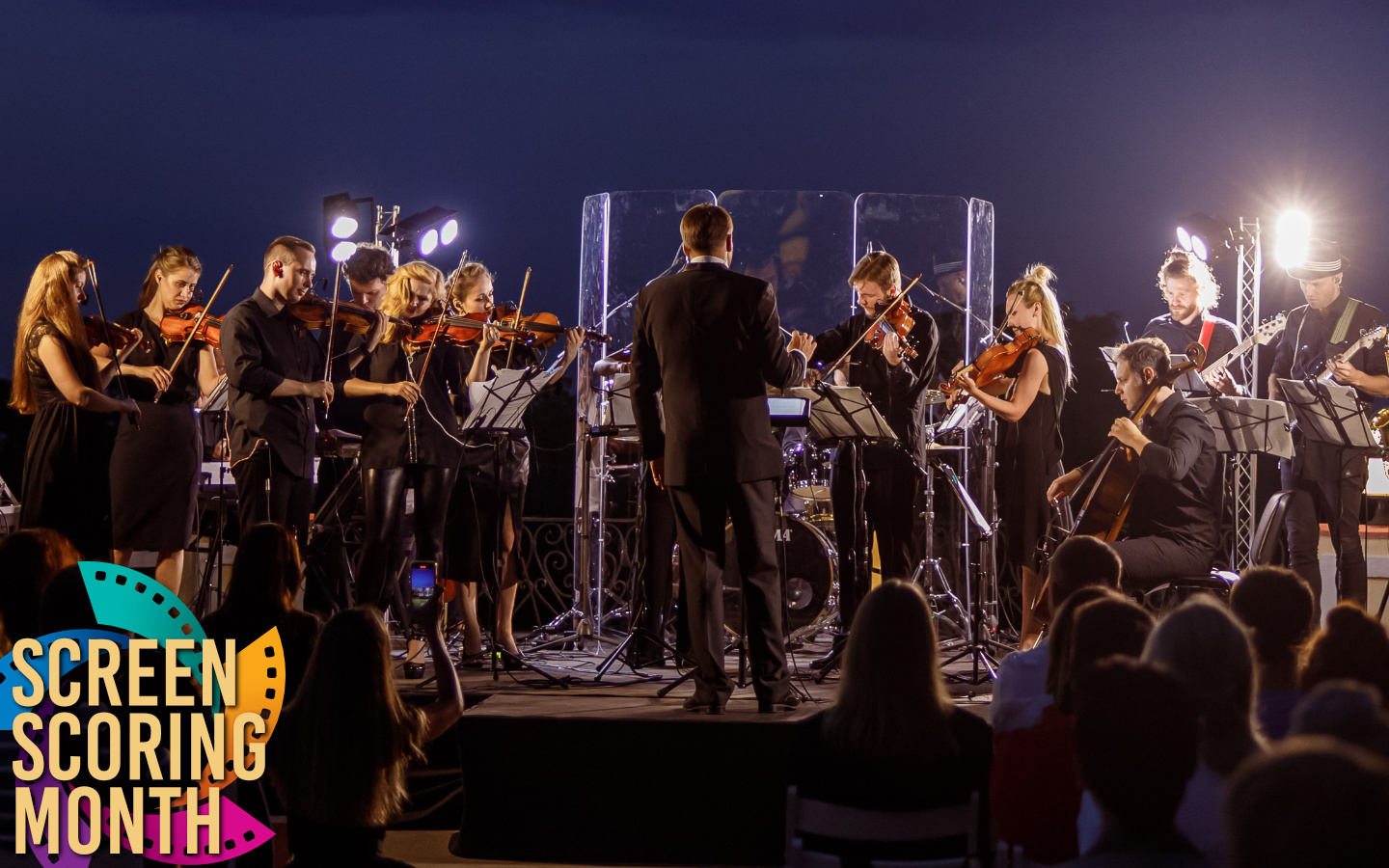
10 Frequently Used Orchestral Articulations and When to Use Them
By The Article Master on
The finest orchestral composers are aware that articulations are what give their score a distinctive voice and make it memorable for the listener. This is true regardless of whether the score is being written for a movie, video game, popular music, or a concert hall. They lend a sense of drama, romance, passion, or even dread to the sound of an orchestra, colouring the music in myriad of different ways.
The notes that are to be played are indicated by the dots on a stave, but the articulations inform the musicians how to play the notes. This may involve instructing a trumpeter on how to emphasize the beginning of each phrase, advising a violinist whether the strings should be bowed or plucked, or directing an oboist whether or not to utilize vibrato.
It is helpful to get a general idea of the kind of sound that one may anticipate from each articulation. However, getting started with articulations can be a tricky business because different articulations have different names, some articulations have effects on the sound that are similar to other articulations but ultimately different, and some articulations can only be played on certain instruments and not others.
In spite of this, making the appropriate selection of an articulation is what differentiates a decent score from a brilliant score; hence, it is vital to acquire a solid understanding of the topic. Let's take a look at 10 fundamental articulations that every composer ought to have at their disposal, including an explanation of what each one is as well as examples of situations in which it could be appropriate to employ it.
Legato
When played correctly, legato allows for a smooth transition from one melodic note to the next. It functions similarly to a slur in that it connects adjacent notes and it may be used throughout a whole part of music. The use of legato lends songs a silky, flowing, and lyrical aspect that, depending on the listener's disposition, can be quite beautiful and evocative. You'll most often hear it utilized in situations that are either very dramatic or romantic.
Listen to how Stravinsky uses legato playing to make each melody feel like a single musical gesture in the opening to The Rite of Spring:
Staccato
Instead of long, drawn-out melodic phrases, staccato playing results in fragments that are brief, choppy, and full of vitality. Staccato is essentially the reverse of legato. You've certainly seen it employed in the cartoons and family movies that you saw as a child. It has the ability to give a piece of music a light or comic tone.
The staccato articulation is peppered throughout the second movement of Beethoven's Symphony no.1—listen to how it gives the orchestra a jumpy, playful feel:
Détaché
String parts are the only ones that use the détaché articulation. You might think of it as a medium ground between the legato and staccato styles; it highlights the intricacy of each individual note that is being played without the bouncy, almost percussive sense that is associated with the staccato approach. When used in quick sections, it has the potential to provide a swirling, frenetic, and dramatic sensation of motion, making it an excellent choice for climaxes.
Check out the dramatic sense of urgency that the détaché string runs give to the finale to Bèla Bartók's Concerto for Orchestra:
Marcato
A note that is shortened and severely emphasized is said to have a marcato articulation. Whereas the staccato has a buoyant and bouncy quality to it, the marcato has a thumping and insistent quality to it. Composers will frequently utilize it during tense times of high-energy action or when there is a significant turn in the story.
Listen to how the technique gives a driving intensity to the low strings in Bernard Herrmann's iconic score for Hitchcock's Psycho:
YouTube.com/watch?v=mKNsv1bNkWo
Pizzicato
Plucking the strings with one's fingernails as opposed to using a bow is the method that defines the pizzicato, which is exclusively a string technique. Pizzicato may either generate a soft, delicate sound or a loud, percussive hit depending on the dynamics of the performance. It is a flexible approach that has been utilized in anything from slapstick comedy to horror films, but it is arguably best recognized for generating the type of light comic textures that you can hear in John Williams's composition Luke's Nocturnal Visitor from The Empire Strikes Back:
YouTube.com/watch?v=oNc5L60WvqY
Glissando
Glissandos are transitions from one pitch to another that are done in a fluid manner. Glissandos may be produced by different methods by individual instruments, and they can cover a wide variety of pitch ranges. Because of these factors, glissandos are an extremely versatile articulation that is helpful to have on hand.
For instance, a glissando played on a clarinet could have an amusing quality, but when played by the string section, it might take on an intense and tragic quality.
Vibrato
Vibrato is a technique that provides subtle variations in pitch to a note that is held. Although it may appear to be a straightforward articulation, doing so really imparts a great deal of warmth onto the sound. This is such a common approach that most performers will add at least some vibrato by default, and it might sound unusual when we hear an instrument performed with no vibrato at all.
Listen to the expressive character that is added to the first violin by the use of vibrato in the score that Howard Shore composed for The Lord of the Rings:
Tremolo
Tremolo is an articulation that, in contrast to vibrato, results in small alterations to the dynamics, or volume, of the instrument. It is a very effective method that may generate sensations of anxiety or even dread, as well as for constructing rich orchestral textures. Debussy's "La Mer" makes use of this technique to imbue the orchestra with a feeling of subdued strength and fluid movement:
Trill
Trills are created by rapidly alternating between two notes that are typically spaced one semitone apart from one another. If you score lengthier trilled notes, it can offer a slight flourish to a musical phrase, or similarly, if the trill is replicated by numerous instruments, it can be utilized to produce gorgeously rich polyphonies.
In the Spring Rounds movement of The Rite of Spring, listen to how Stravinsky employs trills in the woodwind section to convey the shimmering impression of birds and bugs in the air:
Sul ponticello
In more recent times, the articulation known as sul ponticello has started to be used increasingly often. This sound can be produced by the string section by bringing the bow closer to the bridge of the instrument, which results in a brittle and glassy quality to the sound. It has been popular among composers of science fiction and horror films who are attempting to create the unsettling and tense ambiences that can be heard in Jóhann Jóhannsson's extremely influential music for the film Sicario: Day of the Soldado.
Article provided in collaboration with Orchestral Tools

Discussion
Please log in to join the discussion


